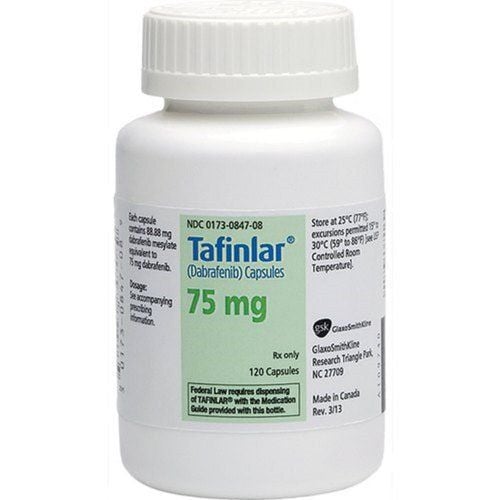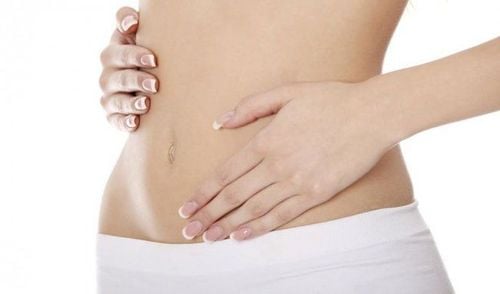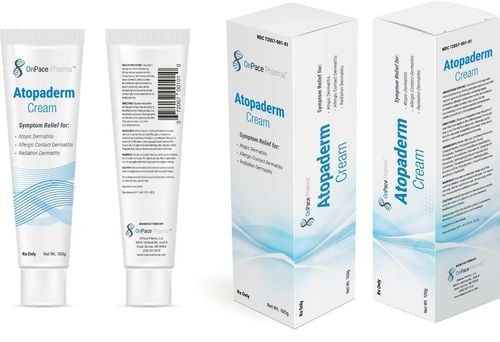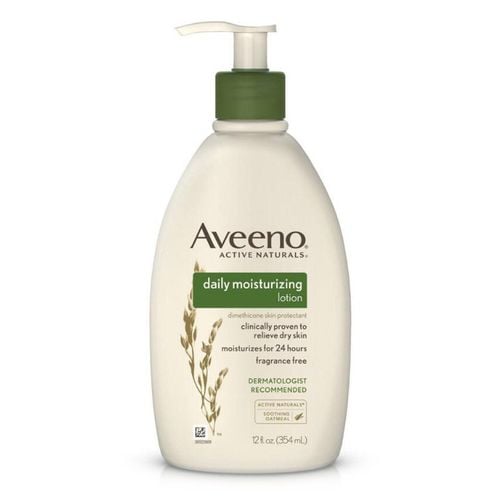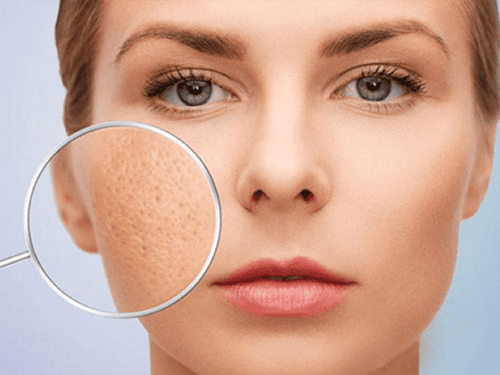This is an automatically translated article.
Most consumers often choose a sunscreen product based on its SPF or SPF, so tend to choose products with high SPF values, assuming they provide the best protection from the sun's rays. ultraviolet or harmful UV rays of the sun. However, that is often far from the truth. While sunscreens with a high SPF like SPF 50+ offer slightly better protection than a sunscreen with a lower SPF, they give a false sense of security, causing users to spend more time in the sun. sun exposure, which increases the risk of burns and skin cancer.1. What do the terms on sunscreen mean?
SPF: The SPF (Sun Protection Factor) of a sunscreen is a measure of how well it protects the skin from the risk of sunburn.Water resistance: The ability to not peel off the skin when swimming or exercising, as long as the sunscreen is not wiped off. Even though the label may say "4 hour water resistant", users still need to reapply sunscreen every two hours to maintain the same level of protection.
Broad spectrum: Broad spectrum sunscreen filters both UVA and UVB rays. Although only UVB is the main cause of sunburn, both UVA and UVB contribute to an increased risk of skin cancer.
'+' sign: The plus sign means "more". For example, SPF50+ sunscreen must provide at least SPF60 in pre-production testing.
2. What's the difference between SPF 50+ and under 50 sunscreens?
With the mindset that SPF is directly proportional to sun protection, many people will be surprised to learn that SPF 50+ sunscreen only offers slightly better protection than SPF 30 sunscreen. Specifically, SPF50+ filtered out 98% of UVB radiation, while SPF30 blocked up to 96.7% UVB.In fact, the SPF value is an unreliable measure of a sunscreen's effectiveness. A good sunscreen will provide equal broad-spectrum protection against both UVA and UVB rays. However, the SPF value only reflects the product's level of protection from UVB rays, the main cause of sunburn and non-melanoma skin cancers, such as squamous cell carcinoma. SPF values do not reflect a product's ability to protect against other harmful UV rays, such as UVA rays, which penetrate the skin more deeply and are linked to skin aging and cancer.
Besides, the SPF value is also unreliable because the testing method that companies are required to use to determine the SPF value of a product is not accurate. The test methods required someone to determine the change in skin red color of a small number of participants exposed to UV light in the laboratory. These results may vary based on the assessor, test device, or participant skin type. And the SPF test condition used for labeling significantly overestimates the protection provided in actual outdoor use.
On the other hand, products with SPF values greater than 50+ also tend to give users a false sense of security. Because using a sunscreen with a high SPF not only provides excessive skin protection, but it can also expose consumers to unwittingly overexposure to UVA rays and increase cancer risk. Many studies have found that many people are more likely to have improperly used high SPF products and therefore have a higher risk of UV radiation exposure than users of creams with SPF values. lower.
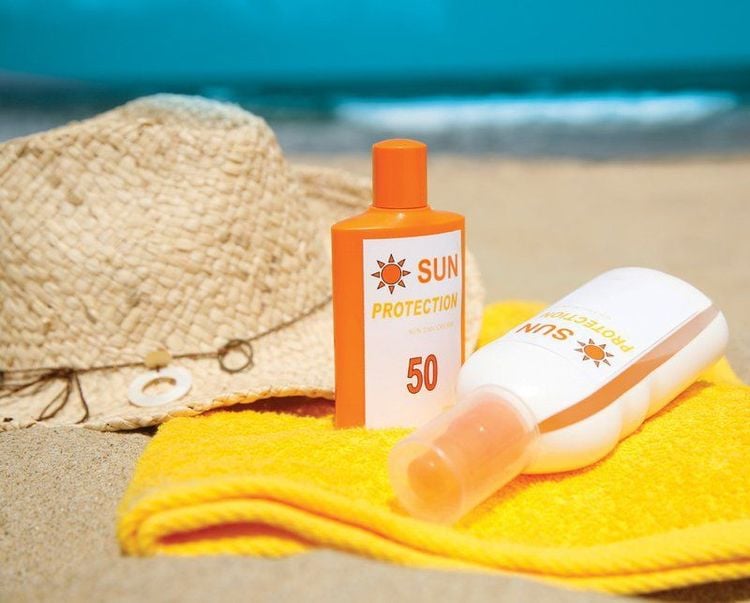
Các sản phẩm gắn mác SPF 50+ đôi khi sẽ mang lại cảm giác an toàn sai lầm cho người dùng
Even so, SPF50+ sunscreen can still be used like any other sunscreen. However, users need to adhere to the recommendations to achieve optimal skin protection. When used correctly, a sunscreen with an SPF value of 30 to 50 should be chosen, helping to provide adequate sun protection, even for those with the most sun-sensitive skin.
3. How to use sunscreen properly?
Dermatologists or Skin Cancerians recommend using sunscreen every day on days when the UV index is forecast to be 3 or higher. At this point, sunscreen should be part of your daily morning routine before going outdoors on these days. Choosing to use any sunscreen labeled broad-spectrum, water-resistant, and SPF 30 or higher is recommended, rather than SPF 50+ sunscreen alone. Also, remember to check the expiry date as well, as products that have passed the expiry date will not provide adequate protection.Besides, users should apply sunscreen 20 minutes before going outdoors. For adults, the recommended amount of sunscreen is 5mL (about a teaspoon) for each arm, leg, front trunk, back, and face (including neck and ears). That equates to a total of 35mL (about seven teaspoons) for a single application of the body cream. It should be reapplied at least every two hours, regardless of the waterproofing ability of the sunscreen, and should be reapplied after swimming, playing sports, sweating a lot, and needing to dry off with a towel.
Finally, remember that sunscreen should always be used in conjunction with other sun protection measures, including wearing a sun hat, protective clothing, sunglasses, and seeking shade.

Để chống nắng hiệu quả, hãy sử dụng các sản phẩm như kính, áo cùng với kem chống nắng
Please dial HOTLINE for more information or register for an appointment HERE. Download MyVinmec app to make appointments faster and to manage your bookings easily.
References: ewg.org, businessinsider.com



